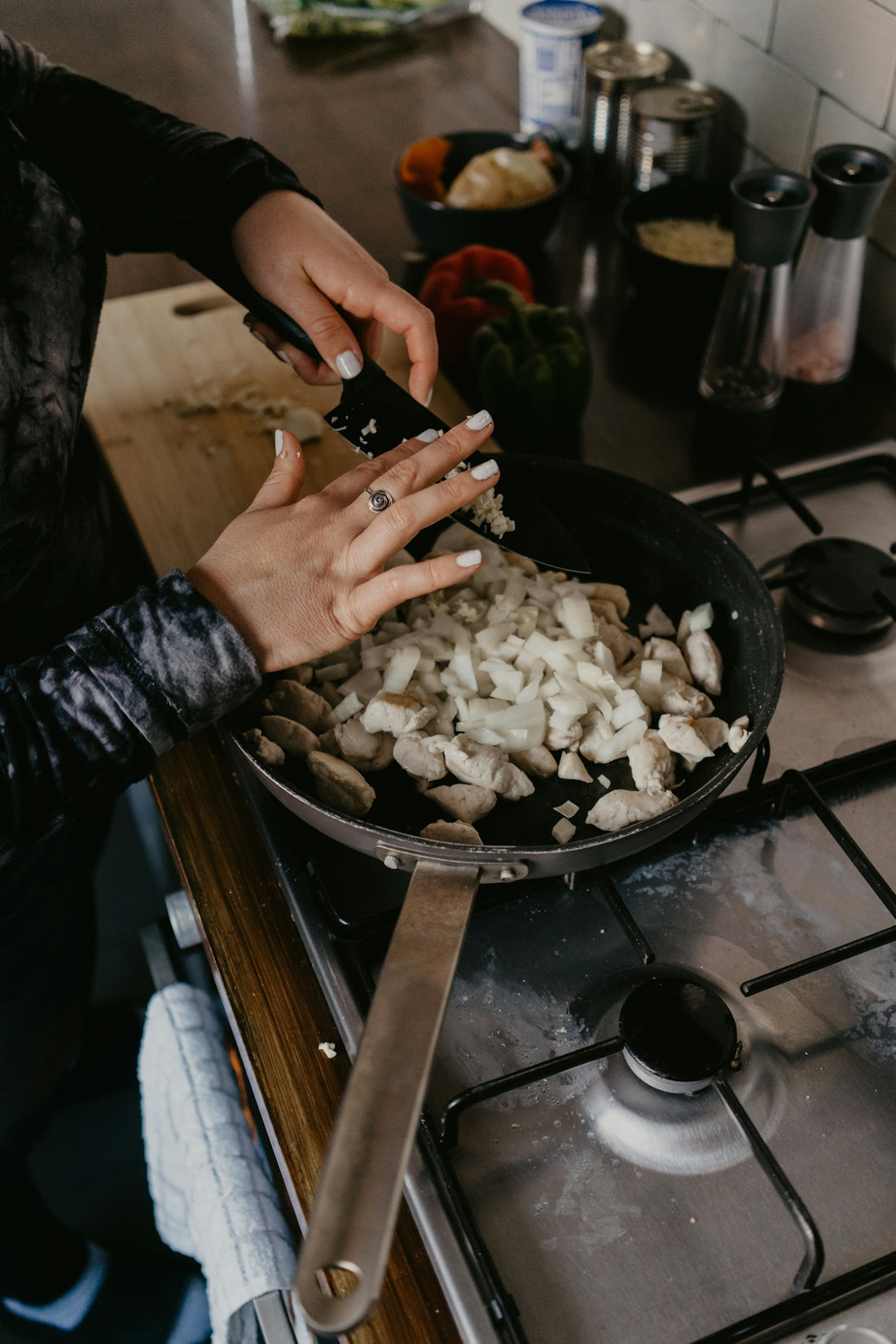
How to Store Sourdough Starter: Tips for Preservation and Longevity
Sourdough starters have become a staple in many kitchens, transforming homemade sourdough into a delightful artisan experience. Whether you're new to sourdough baking or a seasoned baker with a love for sourdough bread recipes, understanding how to store your wild yeast fermentation culture is crucial for ongoing success. In this comprehensive guide, you'll learn how to keep your sourdough starter thriving, intact, and ready for any baking challenges that come your way.
Understanding Sourdough Starter
For those new to the concept, a sourdough starter is a live culture of flour and water. Once these two ingredients are left to ferment, they develop into a colony of wild yeast and bacteria ready to raise bread. This fermentation process provides a unique tang and depth to the bread that you won't find in conventional yeast.
The lifespan of your sourdough starter, often referred to as "My sourdough life," depends on regular feeding and proper storage. Here we'll explore how these practices are vital for longevity.
How to Feed and Maintain Your Sourdough Starter
Feeding Schedule
A regular feeding schedule is imperative for keeping your starter active. Typically, feeding your sourdough starter once every 12 to 24 hours suffices under normal conditions. During the feeding process, discard half of your starter and replace it with equal parts water and flour. This ensures a consistent supply of nutrients, promoting proper sourdough fermentation.
Temperature and Environment
Temperature plays a significant role in wild yeast fermentation. Storing your starter at room temperature allows it to remain active. However, it requires more frequent feeding compared to refrigeration, which slows down the fermentation process. Depending on your baking schedule, you might opt for one method over the other.
How to Store Your Sourdough Starter
Room Temperature Storage
Keeping your sourdough at room temperature is ideal if you bake regularly. Remember to feed it daily to maintain an active starter. Use a glass or plastic container with a loose lid or cover it with a breathable cloth. This setup permits the escape of gas produced during fermentation while preventing contamination.
Refrigeration
Refrigeration is perfect for those not baking every day. A cold storage environment slows down fermentation, requiring feeding only once a week. When ready to use, bring your starter to room temperature and feed it before baking.
For proper storage containers, consider the Professional Baking Tools 24 Oz Sourdough Starter Jar for an airtight seal that still allows the starter to breathe.
Troubleshooting Common Sourdough Starter Issues
Unpleasant Smells
A healthy starter should have a pleasant, mildly sour aroma. If you notice a foul smell, it could indicate an imbalance. Try feeding your starter more consistently and ensure you're using fresh ingredients.
Mold and Contaminants
Mold is rare but can appear as a colored fuzz on your starter. Discard it immediately if this occurs. Proper storage and regular feeding can prevent such issues and uphold your starter's quality.
Crafting Your First Loaf
Once your starter is healthy, begin your sourdough baking journey with an easy sourdough bread recipe. It’s an ideal way to explore artisan bread baking with minimal risks.
Tools for the Perfect Loaf
While learning how to bake sourdough bread, you'll find that precise cutting and scoring are crucial for those perfect outcomes. Using the Wooden Handle Bread Lame can help achieve clean, sharp cuts and beautiful designs.
Additionally, baking in a dutch oven, such as the Martha Stewart 7Qt Enameled Cast Iron Dutch Oven, ensures a crisply finished crust by trapping steam during baking.
Shaping and Scoring Techniques
When learning how to shape sourdough bread, gently pull and fold the dough, preserving air bubbles. Use best sourdough scoring techniques to create the classic ear or unique patterns. For the final touch, use a reusable Silicone Bread Sling, an excellent tool for transferring dough into your baking vessel without deflation.
Benefits of Sourdough Bread
Sourdough bread isn't just for those who love a tangy loaf. It's known for being easier to digest, and due to the fermentation process, it might even be suitable for some diabetics. Always consult with a healthcare provider before making any dietary changes based on these aspects.
Conclusion
Storing your sourdough starter correctly ensures you have a consistent, healthy starter to embark on any sourdough baking endeavor. By understanding sourdough feeding and maintenance, mastering fermentation, and utilizing the right tools, you'll enjoy the rewarding experience of making homemade sourdough for years to come. Remember to explore the world of sourdough baking with passion, creativity, and a bit of patience.
Explore more about sourdough and find additional resources at Italian Sourdough.
